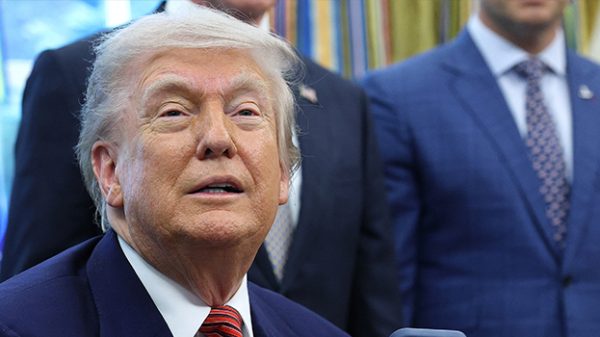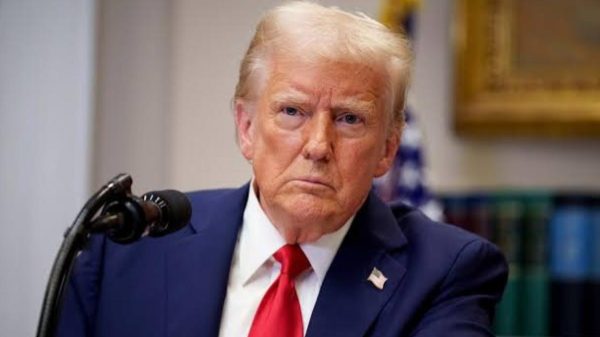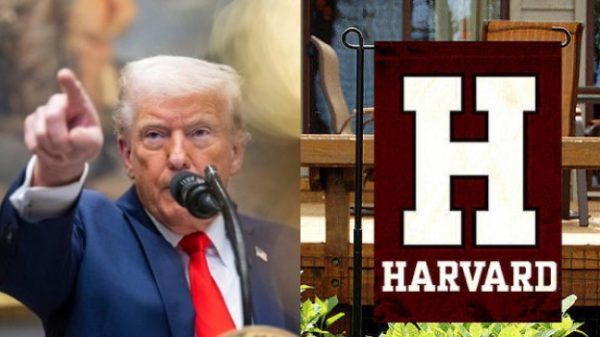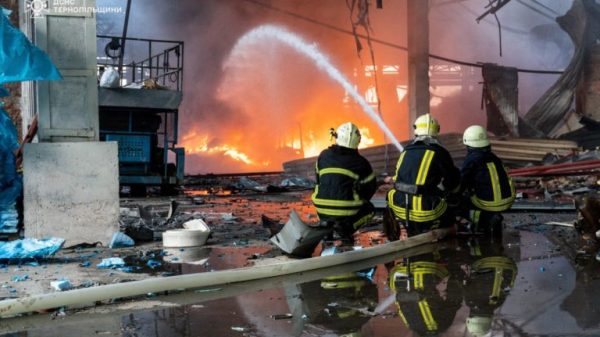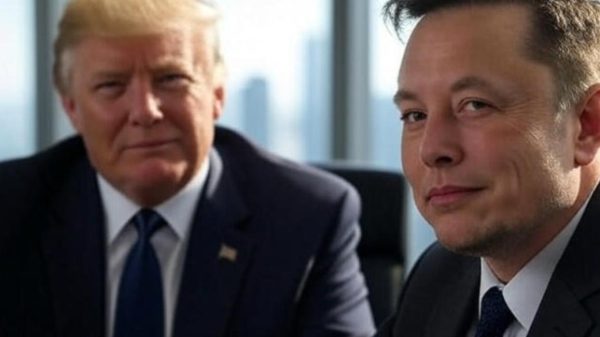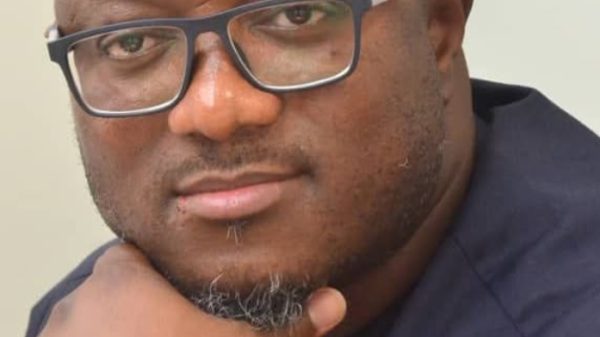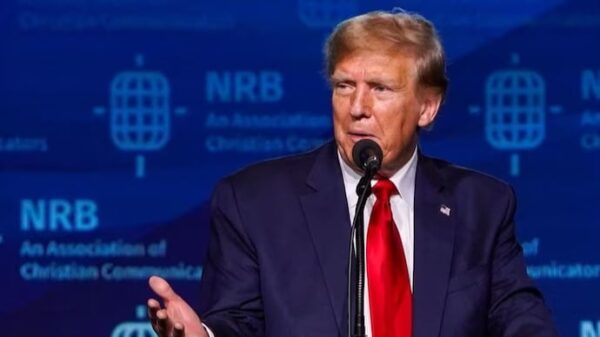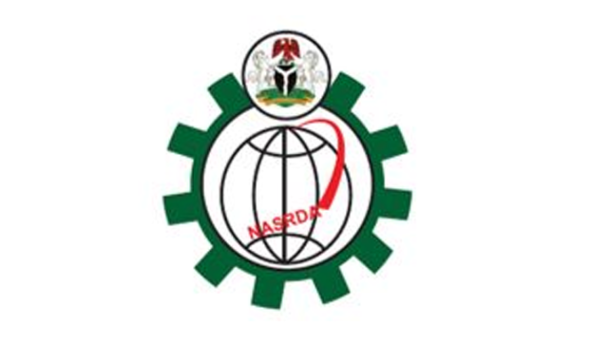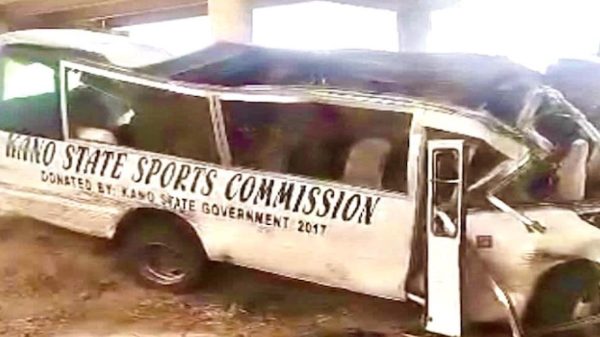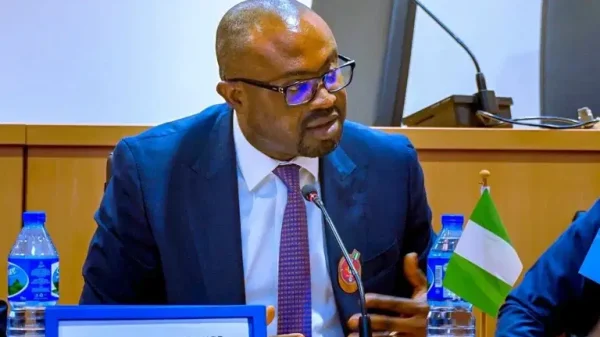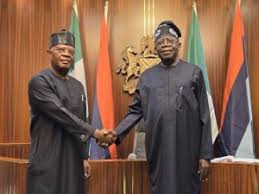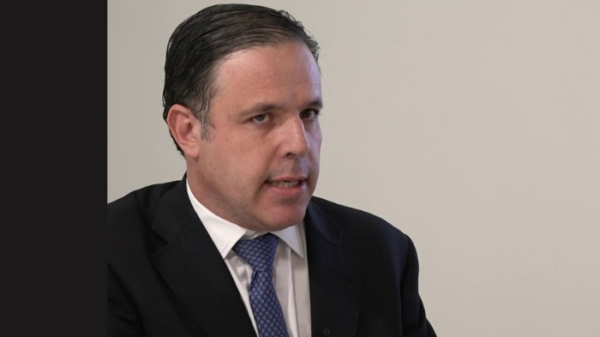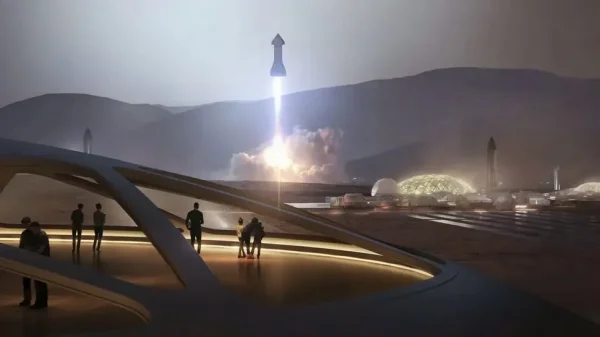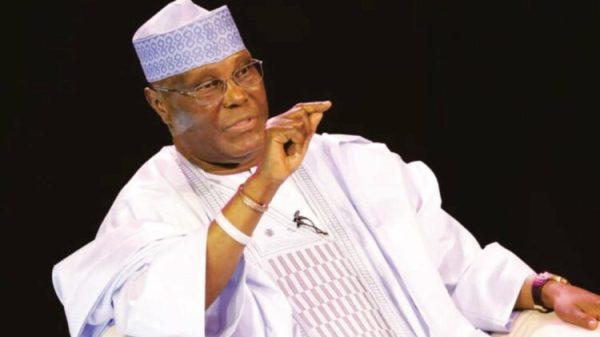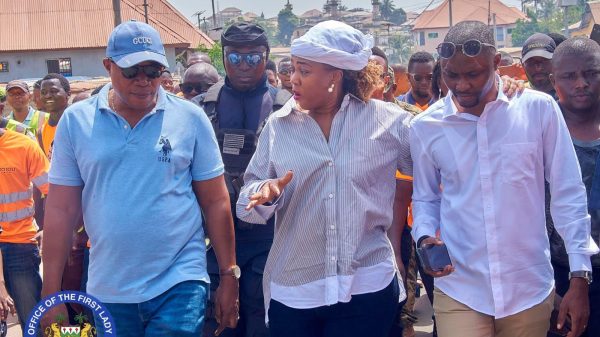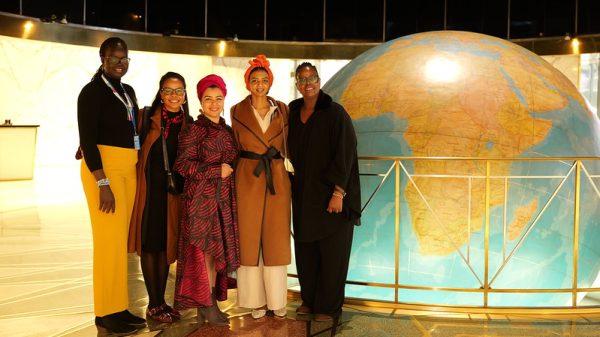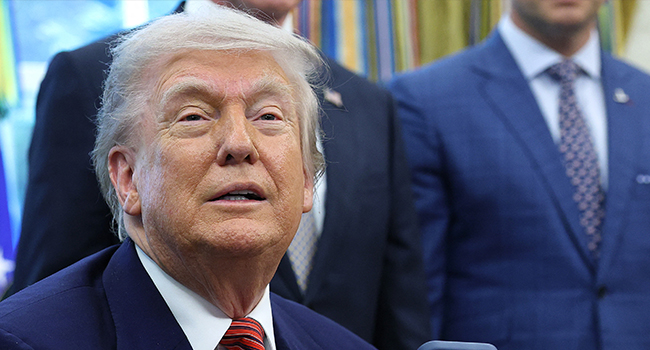Tensions between the United States and Iran escalated further on Tuesday, June 17, as President Donald Trump issued a stark warning to Iran’s Supreme Leader, Ayatollah Ali Khamenei, via social media. In his most direct threat yet, Trump said the U.S. knows the exact location of the Iranian leader but has chosen not to strike — at least for now.
In a post on his Truth Social platform, Trump wrote, “We know exactly where the so-called ‘Supreme Leader’ is hiding. He is an easy target, but is safe there — We are not going to take him out (kill!), at least not for now.”
The former president’s statement follows a sharp uptick in regional conflict, as U.S. ally Israel continues its military operations against Tehran’s leadership and nuclear infrastructure. Trump’s remarks suggest that while the U.S. has not formally joined the offensive, it is closely involved in monitoring the situation and may yet become more active.
“But we don’t want missiles shot at civilians, or American soldiers. Our patience is wearing thin,” Trump added. “Thank you for your attention to this matter!”
Shortly after his initial message, Trump followed up with another post stating simply: “UNCONDITIONAL SURRENDER!” — a demand that experts interpret as a call for Tehran to yield entirely to Western terms regarding its nuclear ambitions and support for militant proxies.
In a brief exchange with reporters aboard Air Force One while returning from the G7 summit in Canada, Trump said he wanted “a real end, not a ceasefire,” to the Iran-Israel conflict. “I’m not in too much of a mood to negotiate,” he added, suggesting diplomatic options are quickly fading.
Upon returning to Washington, the president was scheduled to meet with top security and military advisors in the White House Situation Room, raising speculation of imminent decisions on potential U.S. involvement.
Earlier in the day, Trump made another striking claim, saying: “We have complete and total control of the skies over Iran,” a statement that aligns with recent reports that U.S.-made weapons and surveillance systems are playing a pivotal role in the current air operations. Though he did not mention Israel directly, Trump’s phrasing suggests American intelligence and logistical support are central to the military strategy unfolding in the region.
Israel, for its part, recently echoed similar sentiments, boasting its capabilities in controlling Iranian airspace and targeting critical installations with precision.
Ayatollah Ali Khamenei, who has remained silent publicly since the renewed wave of strikes, has often vowed never to back down in the face of Western pressure. Yet the tone and frequency of Trump’s threats mark a serious escalation that observers warn could bring the region closer to a wider war.
While Trump has repeatedly stated that the U.S. is not yet engaged in direct combat, the growing military posture and inflammatory rhetoric point to a thin line between deterrence and action. As one senior analyst noted, “Trump is drawing a red line without saying it outright — but the implications are clear.”
For now, Ayatollah Khamenei remains unharmed. But with growing U.S. impatience and mounting regional instability, the world is watching closely for what comes next.





